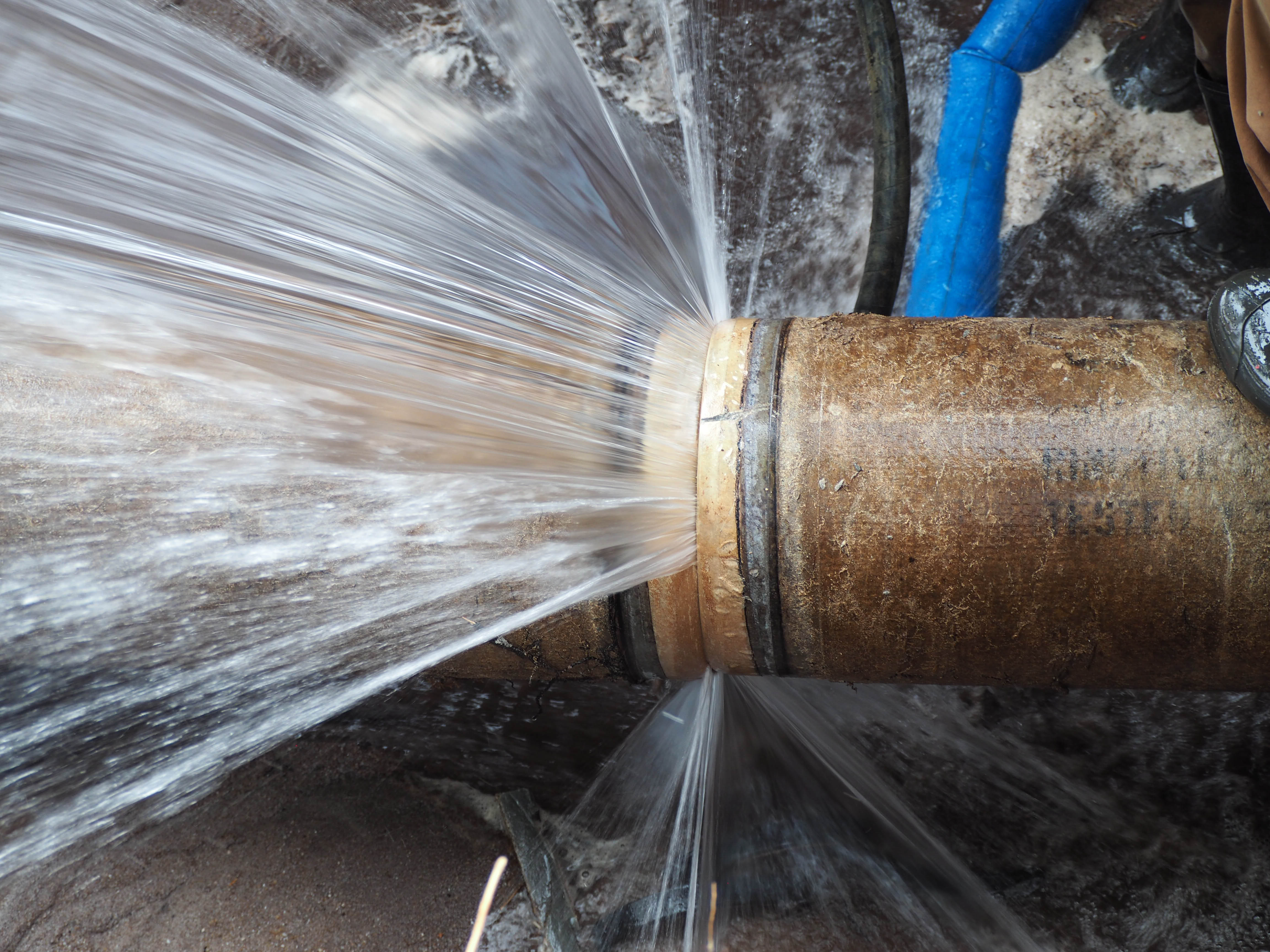Advice for Preventing Frozen Plumbing in Cold Weather: Professional Advice
Advice for Preventing Frozen Plumbing in Cold Weather: Professional Advice
Blog Article
Are you currently in search of insight about 6 Ways to Prevent Frozen Pipes?

Winter can wreak havoc on your plumbing, especially by freezing pipelines. Below's just how to prevent it from happening and what to do if it does.
Introduction
As temperatures drop, the risk of frozen pipes increases, potentially leading to costly repairs and water damage. Understanding just how to stop icy pipes is essential for property owners in cold environments.
Avoidance Tips
Insulating susceptible pipelines
Wrap pipes in insulation sleeves or make use of heat tape to secure them from freezing temperature levels. Focus on pipes in unheated or outside locations of the home.
Home heating techniques
Keep interior areas adequately heated up, particularly locations with pipes. Open up closet doors to allow warm air to flow around pipes under sinks.
How to determine icy pipes
Look for reduced water flow from faucets, uncommon odors or noises from pipelines, and visible frost on exposed pipelines.
Long-Term Solutions
Architectural adjustments
Take into consideration rerouting pipes away from exterior walls or unheated areas. Add additional insulation to attics, basements, and crawl spaces.
Upgrading insulation
Purchase top notch insulation for pipelines, attic rooms, and walls. Appropriate insulation assists maintain consistent temperatures and reduces the threat of icy pipes.
Safeguarding Outdoor Pipes
Yard hose pipes and outdoor taps
Detach and drain yard pipes before winter months. Set up frost-proof spigots or cover outdoor taps with insulated caps.
Recognizing Frozen Pipelines
What causes pipelines to freeze?
Pipelines freeze when exposed to temperatures below 32 ° F (0 ° C) for prolonged periods. As water inside the pipes freezes, it expands, putting pressure on the pipe walls and possibly causing them to break.
Threats and problems
Icy pipes can lead to supply of water interruptions, building damages, and costly repairs. Burst pipes can flood homes and trigger substantial structural damages.
Signs of Frozen Pipes
Identifying icy pipes early can avoid them from rupturing.
What to Do If Your Pipes Freeze
Immediate actions to take
If you presume frozen pipelines, keep taps available to relieve stress as the ice thaws. Utilize a hairdryer or towels soaked in hot water to thaw pipes gradually.
Conclusion
Preventing frozen pipes needs positive measures and fast reactions. By understanding the reasons, signs, and safety nets, property owners can protect their plumbing throughout cold weather.
5 Ways to Prevent Frozen Pipes
Drain Outdoor Faucets and Disconnect Hoses
First, close the shut-off valve that controls the flow of water in the pipe to your outdoor faucet. Then, head outside to disconnect and drain your hose and open the outdoor faucet to allow the water to completely drain out of the line. Turn off the faucet when done. Finally, head back to the shut-off valve and drain the remaining water inside the pipe into a bucket or container. Additionally, if you have a home irrigation system, you should consider hiring an expert to clear the system of water each year.
Insulate Pipes
One of the best and most cost-effective methods for preventing frozen water pipes is to wrap your pipes with insulation. This is especially important for areas in your home that aren’t exposed to heat, such as an attic. We suggest using foam sleeves, which can typically be found at your local hardware store.
Keep Heat Running at 65
Your pipes are located inside your walls, and the temperature there is much colder than the rest of the house. To prevent your pipes from freezing, The Insurance Information Institute suggests that you keep your home heated to at least 65 degrees, even when traveling. You may want to invest in smart devices that can keep an eye on the temperature in your home while you’re away.
Leave Water Dripping
Moving water — even a small trickle — can prevent ice from forming inside your pipes. When freezing temps are imminent, start a drip of water from all faucets that serve exposed pipes. Leaving a few faucets running will also help relieve pressure inside the pipes and help prevent a rupture if the water inside freezes.
Open Cupboard Doors
Warm your kitchen and bathroom pipes by opening cupboards and vanities. You should also leave your interior doors ajar to help warm air circulate evenly throughout your home.

I ran across that blog posting about Preventing and dealing with frozen pipes while doing a lookup on the internet. Enjoyed reading our write-up? Please quickly share it. Help somebody else check it out. Bless you for being here. Kindly come by our site back soon.
Check This Out Report this page